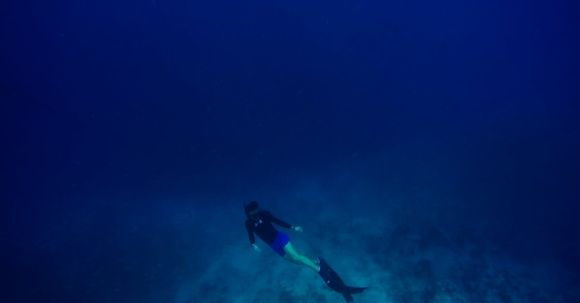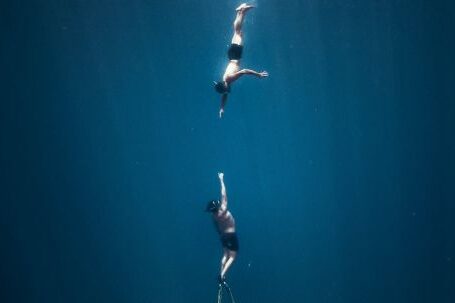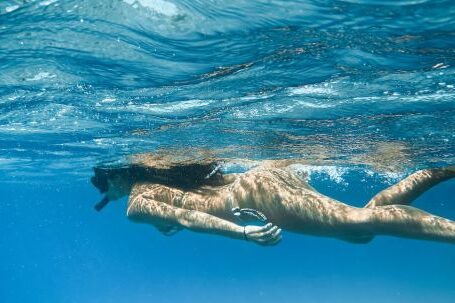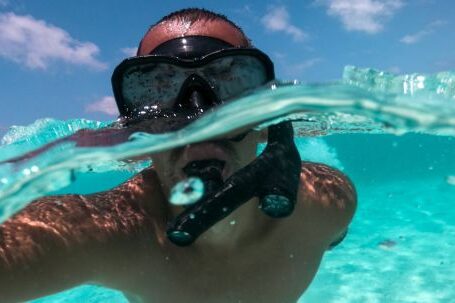Diving with marine life is an exhilarating experience that allows you to explore the vibrant and diverse underwater world. Whether you are an experienced diver or a beginner, it is important to be aware of the guidelines and best practices for interacting with marine life. This guide will provide you with valuable tips to ensure a safe and enjoyable diving experience.
Choosing the Right Dive Site
When planning your dive, it is essential to select a dive site that is known for its abundant marine life. Look for sites that are home to a variety of species, such as coral reefs, kelp forests, or underwater caves. Research the dive site in advance to understand the types of marine life you are likely to encounter.
Respect Marine Life
Respecting marine life is of utmost importance when diving. Remember that you are a guest in their habitat, and it is crucial to minimize your impact on their environment. Avoid touching, chasing, or harassing marine animals. Instead, observe them from a distance and allow them to go about their natural behaviors undisturbed.
Maintain Neutral Buoyancy
Maintaining neutral buoyancy is essential when diving with marine life. This means neither sinking nor floating, but rather hovering effortlessly in the water. By mastering neutral buoyancy, you can minimize the risk of accidentally damaging the fragile coral reefs or disturbing marine animals. Practice controlling your buoyancy before diving with marine life to ensure you are comfortable and confident underwater.
Be Mindful of Your Equipment
Your diving equipment can inadvertently harm marine life if not handled with care. Ensure that your gear is secure and streamlined to avoid accidentally damaging coral reefs or stirring up sediment that can harm marine animals. Be mindful of your fins and avoid kicking up sand or debris that can affect the visibility for other divers and disrupt the habitat.
Observe from a Safe Distance
To observe marine life without causing harm, it is crucial to maintain a safe distance. This varies depending on the species and dive site, but a general rule of thumb is to stay at least six feet away from marine animals. Use your underwater camera or binoculars to get a closer look without disturbing their natural behaviors.
Avoid Feeding Marine Animals
Feeding marine animals can have detrimental effects on their natural feeding habits and overall health. It can also create an unnatural dependency on humans, leading to aggressive behavior towards divers. Resist the temptation to feed marine animals, and instead, focus on observing and appreciating their natural behaviors in their natural habitat.
Protect the Environment
As divers, it is our responsibility to protect the environment and ensure its preservation for future generations. Be mindful of your actions underwater and avoid activities that can harm marine life or damage the ecosystem. Dispose of your trash properly and participate in underwater clean-up initiatives to help keep our oceans clean and healthy.
Conclusion: A Memorable Experience
Diving with marine life provides an incredible opportunity to witness the beauty and diversity of the underwater world. By following these guidelines, you can ensure a safe and enjoyable experience while minimizing your impact on the marine environment. Remember, the key is to observe and appreciate marine life from a distance, respecting their habitat and allowing them to thrive undisturbed. So, dive in and embark on a memorable adventure with the fascinating creatures that inhabit our oceans.





